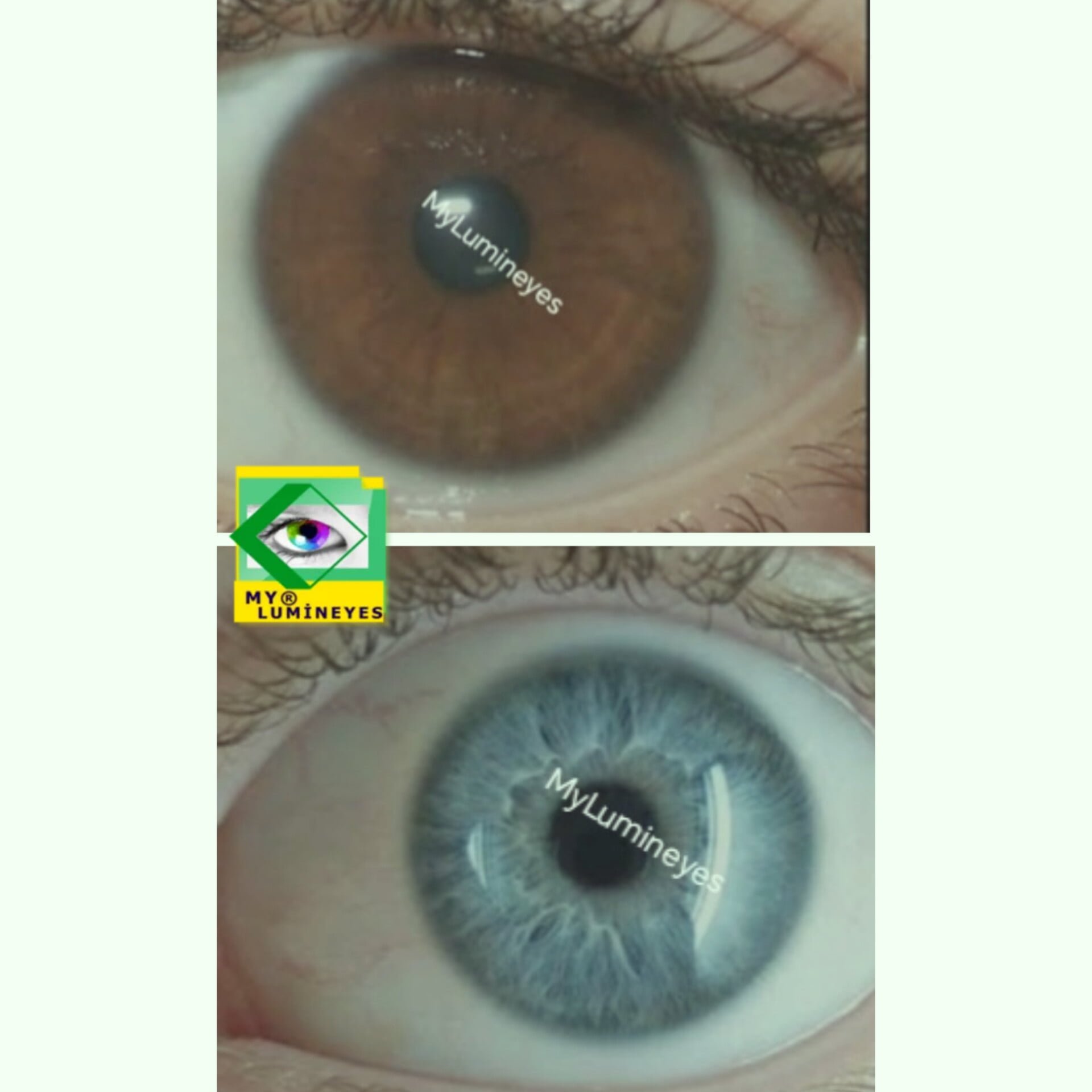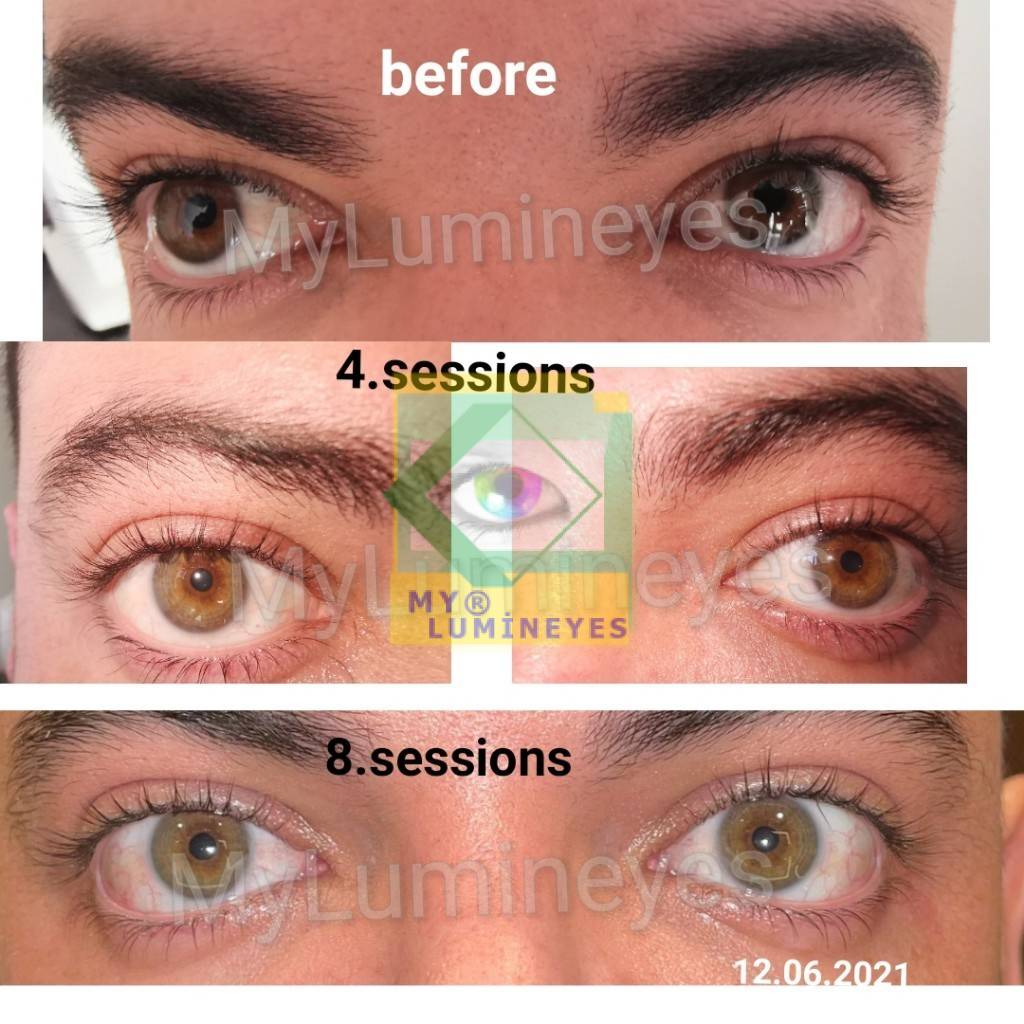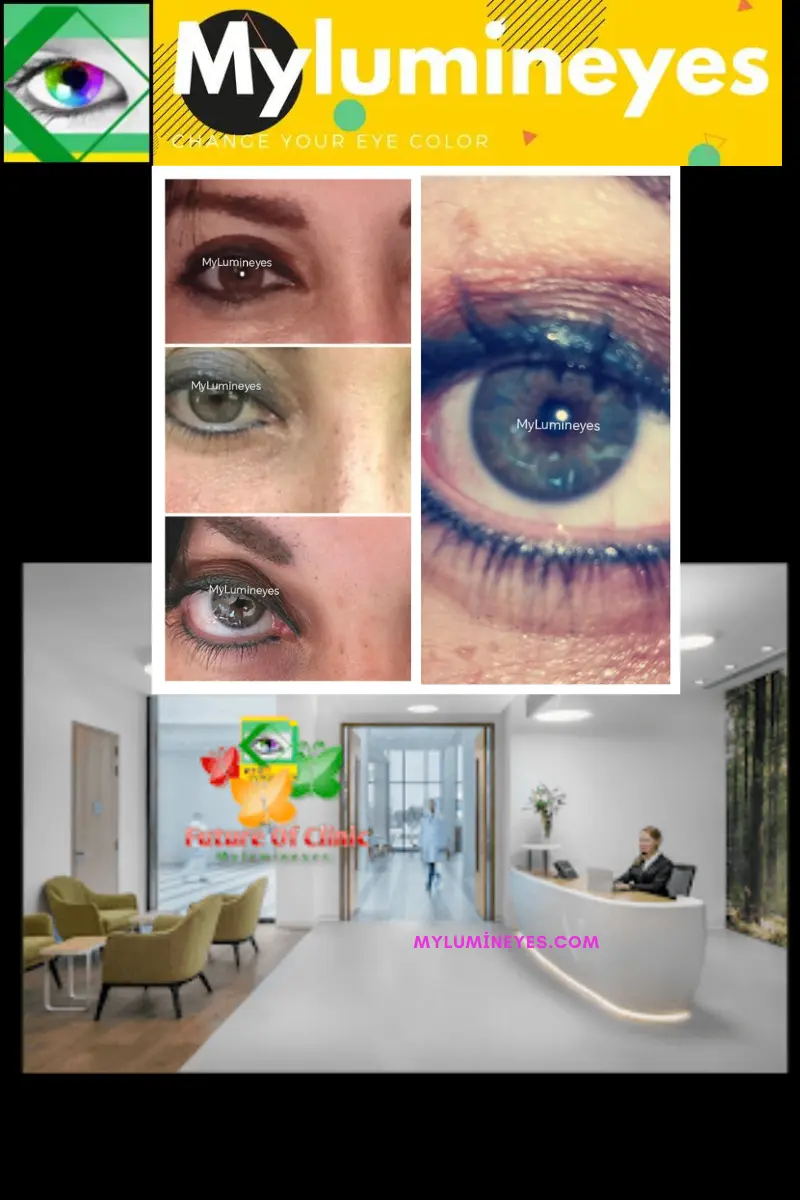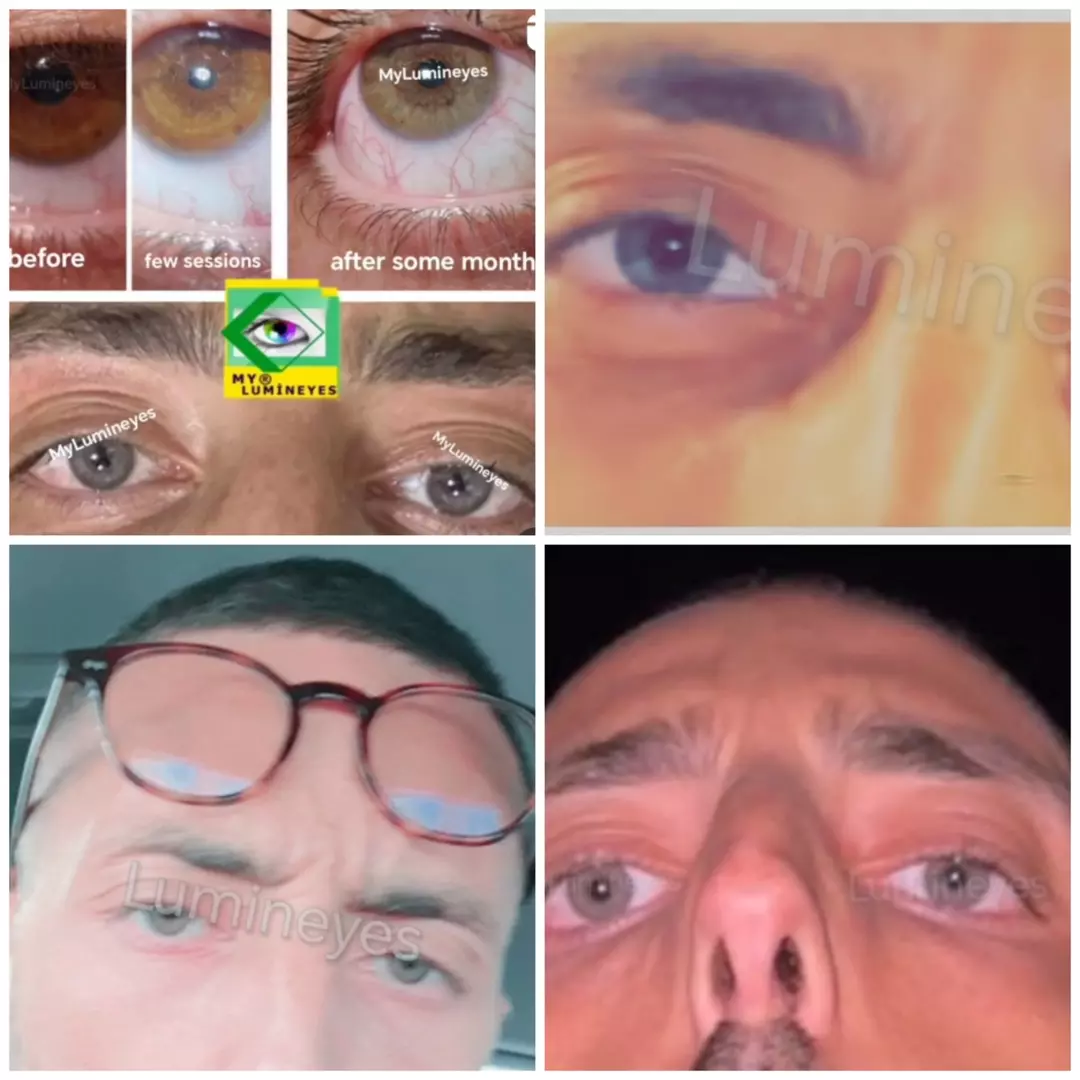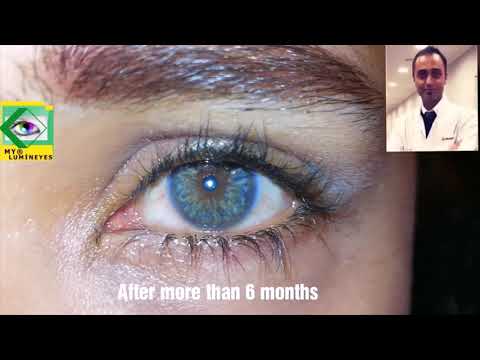Blepharoplasty surgery for beatiful eyelids in Turkey
In short, we can examine them in two groups as upper blepharoplasty and lower blepharoplasty. Blepharoplasty is the medical term for eyelid surgery. This surgical operation aims to reduce the excess skin or fat that causes heaviness in the eyes. The intervention may concern the upper or lower eyelid, or both parts at the same time. The blepharoplasty technique relies on removing some of the excess skin to tighten the treated eyelids. On the upper eyelids, saggy skin is stretched to smooth the skin when eyes are squinted. An operation on the lower eyelid consists of removing puffiness and sometimes dark circles that give the impression of constant fatigue.
Turkey stands out in costs-effective blepharoplasty.
As time passes, our eyelids undergo unwanted changes, making the look look more tired or older. Many factors, such as heredity or sun damage, can accelerate these changes. To combat this phenomenon, there is eyelid surgery, in other words upper blepharoplasty or lower blepharoplasty.
“Blepharoplasty” refers to aesthetic eyelid surgery procedures aimed at eliminating hereditary or age-related defects. They can affect only two upper or lower eyelids, or even all four eyelids at the same time.

What Do You Need to Know About Fox Eye Surgery or Almond Lift Procedures?
How does one undergo canthoplasty or a fox eye lift? Although cosmetics can sometimes achieve this aesthetic, many individuals prefer surgical procedures to achieve more permanent and natural-looking results. People also refer to canthoplasty, a form of blepharoplasty or eye lift, as “almond eye,” “fox eye,” or “cat eye” procedure.
A surgeon who has obtained certification from a professional board adjusts the outer corner of the eye to a higher position, resulting in a graceful curve and a subtle tilt that resembles the shape of a fox’s eye.
The process produces an alluring and visually attractive permanent form without impacting the patient’s eyesight. In comparison to blepharoplasty, how does a fox eye lift differ? By removing superfluous tissue and fat from the upper eyelid, blepharoplasty functions as an upper eyelift.
Patients often undergo this procedure when their vision deteriorates due to a drooping eyelid from excess epidermis. This issue can be corrected by the use of blepharoplasty. In addition, the process of exfoliating the skin may assist in attaining a rejuvenated, attentive, and cognizant visage.
Canthoplasty works by retracting and tightening the corner of the eye, whereas blepharoplasty just affects the border of the eye.
Canthoplasty and blepharoplasty are often performed together because to the shared need for the same incision. Retracting the corner removes excess skin and adipose tissue. Although traditionally performed on older people, these operations are now being sought after by younger patients who desire the fox eye look.
Individuals prefer surgical procedures to achieve more permanent and natural-looking results.
People also refer to canthoplasty, a form of blepharoplasty or eye lift, as an “almond eye,” “fox eye,” or “cat eye” procedure. A board-certified surgeon manipulates the outer corner of the eye to an elevated position, creating an elegant arch and a slight angle reminiscent of a fox’s eye. Without compromising the patient’s vision, the operation produces an interesting and aesthetically acceptable permanent form.
How does a fox eye lift compare to a blepharoplasty?
Blepharoplasty is an upper eyelift by eliminating extra tissue and fat from the eyelid.
Patients often undergo this procedure when their vision deteriorates due to a drooping eyelid from excess epidermis. This issue can be corrected by the use of blepharoplasty. In addition, the process of exfoliating the skin may assist in attaining a rejuvenated, attentive, and cognizant visage.
Canthoplasty operates by retracting and tightening the corner of the eye, as opposed to blepharoplasty, which just affects the border of the eye.
Canthoplasty and blepharoplasty are often performed together because to the shared need for the same incision. Retracting the corner removes excess skin and adipose tissue. Although traditionally performed on older patients, these treatments have gained popularity among younger individuals who now desire the fox eye appearance.
Should You Consider a Fox Eye Lift?
For a variety of reasons, one might undergo fox eye surgery. It will address the issue of drooping eyelids and provide an exotic appearance, thereby preventing you from appearing exhausted and older than your actual age. Incorporating a fox eye lift procedure into your considerations for an eyelift to address drooping and sagging skin is a logical progression.
The assurance that one gains from confronting a concern is immeasurable, but the outcomes are enduring. Recovery is also relatively rapid because of the minimal discoloration and non-invasive nature of the procedure. Refrain from prolonged use of electronic screens and other activities that may strain your eyes during the initial days after the treatment. It is advisable to abstain from wearing contact lenses for a few weeks.
A period of approximately seven to ten days is expected to elapse, during which time there will be a process of recovery and swelling.
Subsequently, you can go with your usual activities, and approximately one month later, you should have a full recovery. Brow lifts, which also raise the lateral aspect of the brow, address ptosis of the eyelids, erase wrinkles on the forehead, and can even enhance the appearance of the eyes. These procedures, both surgical and non-surgical, can produce similar results as the fox eye trend. Similarly, these choices deserve careful consideration. Seductive Female! The fox eye lift surgery can provide to visually captivating before-and-after images. This luxurious shape may enhance a person’s overall look by highlighting other feminine qualities.
You can perform blepharoplasty alone or in combination with another aesthetic facial surgery procedure (pre-lift, temple lift, or cervico-face lift).
Upper and lower blepharoplasty aim to correct the signs of aging on the eyelids and replace the “tired” look in the eyes with a more rested and relaxed look. Eyelid aesthetics, often known as blepharoplasty, is a group of surgical treatments done by an ophthalmologist or eye surgeon on the lower and upper eyelids to remove drooping skin and superfluous muscle tissue and tighten the tissues surrounding the eyes. Today, many people refer to our clinic for blepharoplasty costs and quality service.
As age advances, sagging of the skin naturally occurs due to the effect of gravity. Parallel to this process, findings such as bagging on the eyelids, loosening of the skin, discoloration, relaxation, and wrinkles occur.
There are often complaints regarding the aesthetics of the eyelids.
- Heavy and drooping upper eyelids, as well as excess skin, create a more or less prominent fold.
- The lower eyelids are drooping and fading, and there are small horizontal wrinkles caused by stretching of the skin.
- Sebaceous hernias result in swollen under-eye bags on either the lower or upper eyelids.
- Upper eyelid blepharoplasty refers to a surgical procedure that involves the removal of excess skin and fat from the upper eyelid.
- The process of aging in the upper eyelid is intricate and characterized by several forms. The patient has a clinical indication of age marked by ptosis and enophthalmos, which makes putting makeup difficult.
- Providing suitable treatment management depends on an awareness of the complicated aging process in this area.
Excessive palpebral skin that results in a real dermatochalasis can be caused by either a basic skin fold or even the ciliary border “flap effect”.
Within the body, there is a lipotose that consists of two distinct fatty compartments. The inner compartment is responsible for storing “white fat,” while the middle compartment corresponds to the organ found in the rolling seat of the “yellow fat.”
It is important to mention that there is an absence of a side fat compartment, nonetheless, we may see an enlargement or drooping of the lacrimal gland.
The upper palpebral fold elevation increases with age due to volumetric loss and brow lowering.
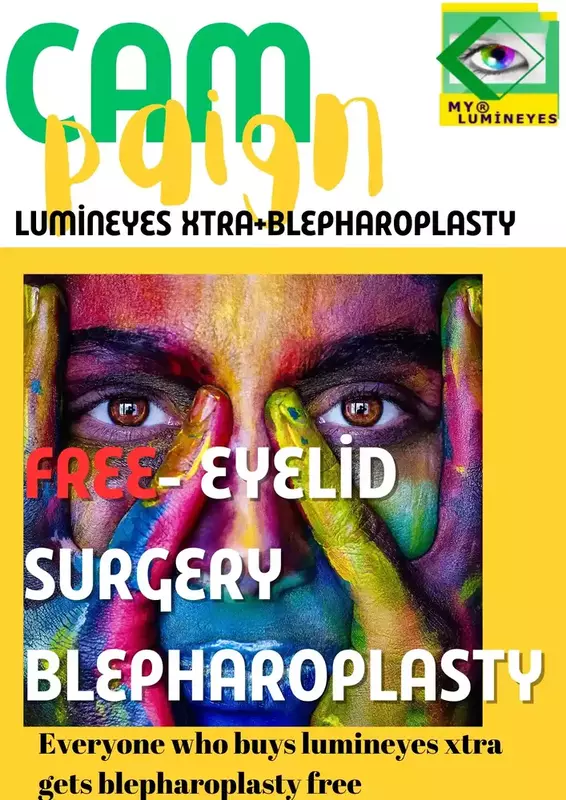
How is upper eyelid blepharoplasty performed?
The incision for an upper blepharoplasty is made in a natural wrinkle in the eyelid crease. As a result, the scar is very discreet. With this incision, the surgeon removes excess skin and any fatty pockets. The surgeon typically performs this treatment under local anesthesia, with an average duration of 30 minutes to an hour. This is an outpatient procedure.
Lower eyelid blepharoplasty
The aesthetic lower eyelid has a fuller appearance and lies with the upper part of the cheek without borders or irregularities.
Over the years, under-eye bags or sagging skin may develop. Lower eyelid discomfort may also have a genetic origin.
Lower blepharoplasty is the ideal solution for overcoming these ailments. We must carefully research and tailor each surgical approach to each individual instance in this highly complicated field to prevent difficult-to-fix problems.
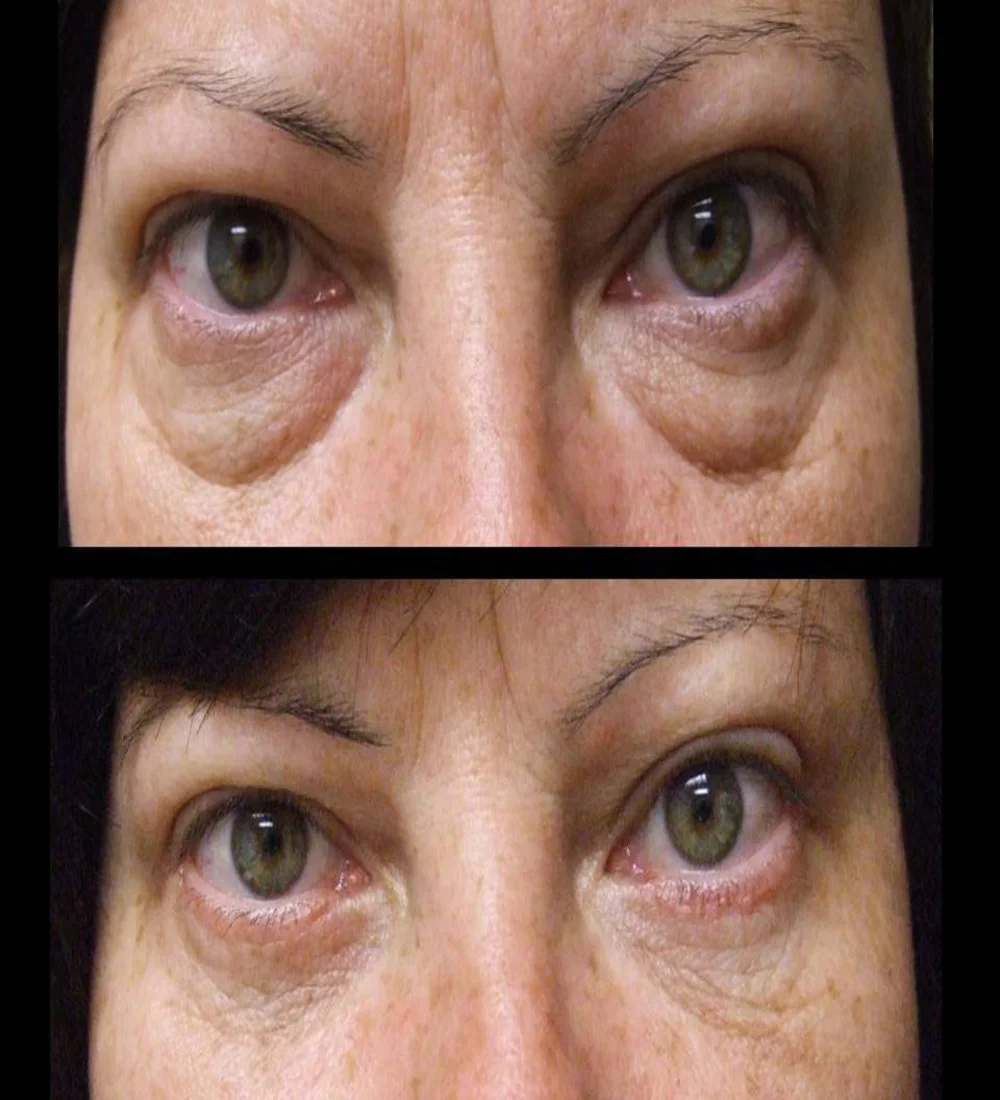
How does lower-eyelid surgery work?
We perform blepharoplasty under local or light general anesthesia (neuroleptanalgesia). It lasts around forty minutes on average.
- subciliary lower eyelid bleharoplasty
- Bleharoplasty of the lower eyelids via the subciliary approach is associated with an upper correction.
By glancing up at the patient, the practitioner can readily identify extra under-eye fat, which then eliminates fat pockets (fatty hernias) by passing through the conjunctival route (i.e., within the eyelid at the conjunctiva level) without excess skin, ensuring wrinkle-free treatment. Thus, there is no scar on the skin and, therefore, no visible scar. To complete the correction, fat deposits must be removed at the level of each eyelid’s three compartments (inner, middle, and outer). This is usually possible for young or middle-aged patients.
When treating palpebral wrinkles and hypotonia in the lower eyelid simultaneously, the eye surgeon removes excess skin and tightens it by making a small incision on the lower edge of the eyelashes.
External procedures, such as a mini-facelift, are used to prevent tight eyelids, thereby reducing the risk of ectropion, or the protrusion of the eyelid. We manipulate the skin in order to preserve the contour of the eyes. The technique being referred to is called subcutaneous blepharoplasty, sometimes known as the “subciliary method.” The trace can be located directly behind the eyelashes. The initial days exhibit physiological redness, often referred to as hyperplasia, which subsequently resolves. We engage in collaborative efforts with our patients to capture and document blepharoplasty before and after photographs.
What is the cost of a blepharoplasty in Istanbul?
I believe the world regards Turkish hospitals and surgeons as the greatest in the world, both in terms of experience and cost. Dr. Mustafa Mete, who owns my lumineyes eye clinic, estimates that a blepharoplasty in Istanbul costs 900 euros for an upper blepharoplasty and 1100 euros for a lower blepharoplasty.
Principles of blepharoplasty
The intervention aims to permanently correct these defects by surgically removing excess skin, muscle, and fatty protrusions without changing the basic functions of the eyelids. Many more modifications may be present, but their treatment requires more advanced approaches than a basic classical blepharoplasty or the use of supplemental surgical treatments. This includes drooping foreheads and brows, “lion” wrinkles between the brows, “crow’s feet” wrinkles around the eyes, “dark circles” and “sad” corners of the eyes, and minor skin surface defects (scars, blemishes, etc.).
People often receive the procedure after the age of forty.
Meanwhile the humiliation is constitutional (hereditary) rather than age-related, as in some “fat pockets,” it is frequently resolved considerably sooner.
Dr. Mustafa Mete‘s Istanbul Mylumineyes Eye Clinic provides high-quality blepharoplasty treatments at an affordable cost. This is why we recommend that you contact us to learn about blepharoplasty pricing.
Another frequently asked question is can blepharoplasty and eye color change surgery be performed together?
Actually, it’s all up to you, if you don’t feel uncomfortable, we can do the lumineyes laser eye color change treatment 4-5 days after blepharoplasty.
Pre-intervention
- The surgeon will undertake an interrogation, followed by an examination of the eyes and eyelids, to check for irregularities that may complicate or even preclude operation.
- We conduct an eye examination in accordance with the prescriptions.
- ‘The anesthesiologist will be seen no later than 48 hours before to the surgery.’
- You may be required to fast (not eat or drink anything) for 6 hours before the surgery, depending on the kind of anaesthetic.
Anesthesia types and hospitalisation methods
Types of anesthesia: three possible processes
- Giving an analgesic substance locally to cause insensitivity of the eyelids is known as a pure local anesthetic.
- extensive local anesthesia with intravenously administered sedatives
- Classical general anesthesia ensures complete sleep during the procedure.
‘The choice between these different techniques will be the result of a discussion between you, the surgeon, and the anesthetist.
Hospitalization modalities
You can perform the procedure on an outpatient basis, leaving the same day after a few hours of follow-up.
However, in some cases, it may be preferable to stay in the hospital for a short time. Then, patients check in in the morning (or sometimes the day before noon), and they can check out the following day.
‘Each surgeon adopts his own technique and adapts it to every situation to achieve the best results.
Nevertheless, we can retain certain fundamental principles:
Cuts made in the skin:
- The groove where the movable and fixed elements of the eyelid meet is located in the upper eyelids.
- The lower eyelids are positioned around 1-2 millimeters below the eyelashes and may exhibit a small outward protrusion.
- Subsequent scars, which will be naturally hidden by creases, will trace the same route as these surgical cuts.
- Transconjunctival blepharoplasty is a surgical procedure that involves making incisions from the inside of the eyelids. This technique is used specifically for lower eyelids that have isolated “pockets” without the need for removing excess skin.
- It conceals the skin located behind the eyes without any noticeable scarring.
Excisions
These incisions eliminate excess fatty deposits and unnecessary loose muscle and skin. By adjusting to individual cases and the preferences of the surgeon, it is possible to make various technical alterations.
Seams
Seams are often constructed using fragile sutures that are not capable of being absorbed by the body and therefore need to be removed after a few days.
Surgery time
The duration of the process can range from 30 minutes to 2 hours, depending on variables such as the surgeon’s proficiency, the number of eyelids involved, the level of adjustments needed, and the necessity for any further treatments.
Post-operative course
‘There is no real pain, but some discomfort, possibly with a feeling of tightness in the eyelids, mild eye irritation, or some visual disturbances.
Rest as much as possible for the first few days and avoid vigorous exertion.
The postoperative course is determined by the presence of edema (swelling) and bruising (bruises), whose degree varies greatly between person to person.
Sometimes in the first few days we see a tiny separation in the outer angle of the eye, which is no longer entirely relevant for the globe, or a difficulty to close the eyelids totally. You do not need to worry about these signs, which, as a rule, are quickly reversible.
The removal of stitches occurs between the fifth and seventh days after surgery.
The stigma of the intervention will gradually decrease, allowing a return to a normal socio-professional life after a few days (6 to 20 days depending on the extent of the results).
The scars may stay a little pink for the first few weeks, but their make-up clears quickly (usually by day 7).
A slight stiffness in the reserved areas may persist for several months, but is not noticed by those around you.
Conclusion
We must evaluate the outcome over a period of 3 to 6 months. This is the time required for the tissues to restore their full flexibility and for scars to fade as much as possible.
The technique corrects the drooping of the skin and eliminates fat hernias, resulting in an older and worn expression of the eyes.
‘The results of blepharoplasty are often among the most long-lasting cosmetic surgery results. The destruction of “pockets” is virtually certain, and the latter usually never recurs. On the other hand, the skin continues to age and the resulting laxity can cause wrinkles in the eyelids in the long run. However, it is rare for a new intervention to be considered before a dozen years.
result defects
They could be the result of a misunderstanding of what is reasonable to expect. Only fronto-temporal stretching can address frontal sagging and drooping brows.
They can also occur due to unexpected tissue reactions or unusual scarring. Therefore, we may observe persistent changes, particularly fine lines, or a slightly empty eye where the bony edge of the orbit is visible, a slight downward retraction of the lower eyelids, or even a small asymmetry. Alternatively, there could be an excess of “white” scars.
Starting six months after the first intervention, these flaws can be repaired with a modest “touch-up,” generally under simple local anaesthetic.
Possible complications
Blepharoplasty, although performed mainly for aesthetic reasons, is still a genuine surgical procedure that involves some, albeit minimal, risks associated with any medical procedure.
There must be a differentiation between anesthesia-related problems and surgery-related complications.
anesthesia:
During the consultation, the anesthesiologist will inform the patient about the risks of anesthesia himself. Remember, anesthesia can occasionally trigger unexpected and easily controlled responses in the body; however, by referring to a fully qualified anesthesiologist who practices in a surgical context, the risks become statistically almost negligible.
Surgical procedure: Although rare, complications are possible.
- Hematomas are generally not harmful; if they are large enough, they can be drained.
- Infection is uncommon after blepharoplasty, with the exception of a few rare micro-abscesses that occur at a suture and are quickly managed with simple local care.
- healing abnormalities: very rare at level
- The eyelids, where very thin skin heals almost invisibly, may not be as discreet as expected in the long run.

